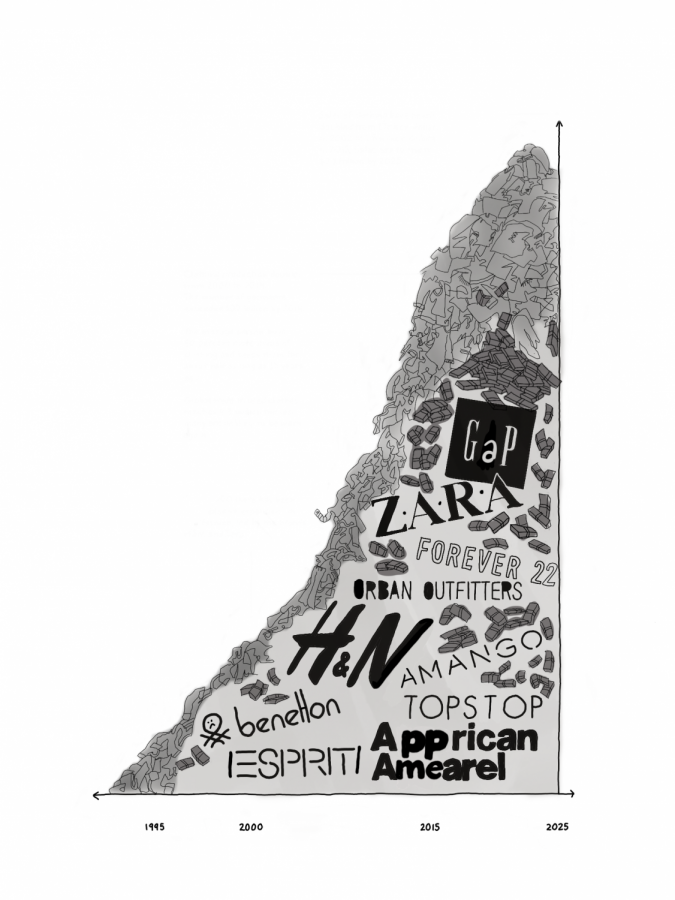Fatal Friday
Black Friday’s effect on America
December 3, 2018

Since 1924, the crowd-filled streets and larger-than-life floats of the Macy’s Thanksgiving Day Parade has marked the beginning of Black Friday. and the Friday following Thanksgiving has become the kickoff of the Holiday shopping season. Retailers lower prices, enticing a mass of shoppers who are ready to begin their customary holiday shopping rush.
Thirty percent of yearly retail sales occur in the single month between Black Friday and Christmas day. News coverage shows mobs of people swarming stores and even going as far as to trample each other to reach the newest flat screen TV. In total, over 174 million Americans shopped on Black Friday in 2017—more than half the U.S. population—spending an average of $1,335. The most sought after items are electronics, though research shows the best deals for electronics are at the beginning of November rather than the end, and the best deals on toys are the day before Thanksgiving, not after.
The risk of shopping on Black Friday seems to outweigh the dubitable great deals. People can be trampled, stabbed, and pepper sprayed. So many injuries occur on Black Friday that a website called blackfridaydeathcount.com records the casualties. Between 2006 and 2017, 10 deaths and 111 injuries have been attributed to the Black Friday mayhem. This year, fewer Black Friday shoppers are expected than in years past because younger generations are choosing the faster and easier option of online shopping. High schoolers and college students alike would rather shop from the comfort of their beds than brave Black Friday. If you do choose to brave the stores to get those deceiving deals on items you probably don’t need, be sure to bring your patience, your wallet and leave the weapons at home.
